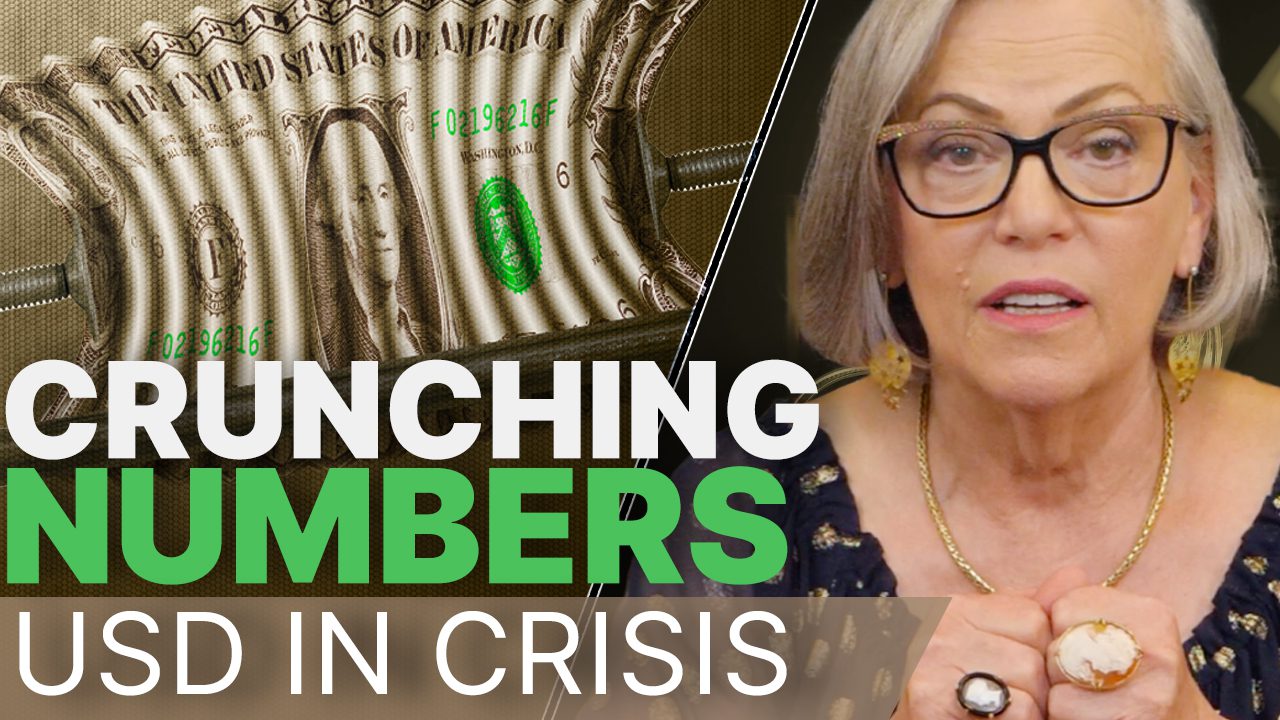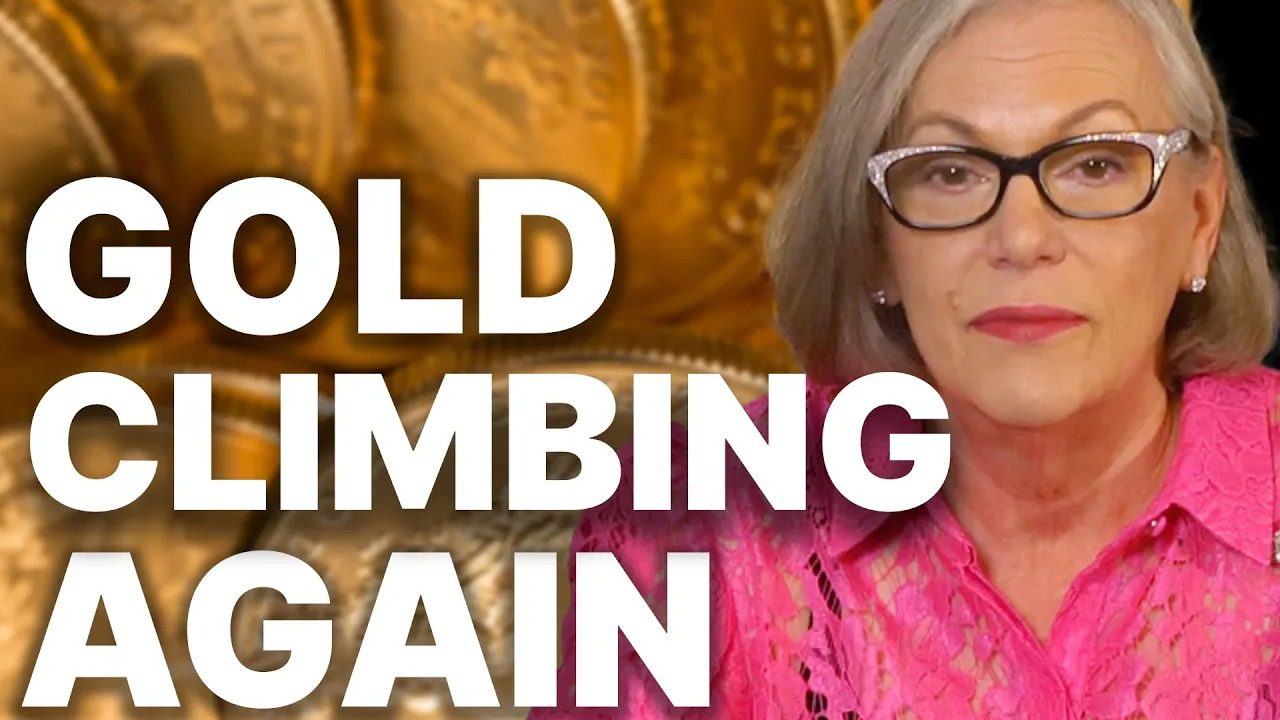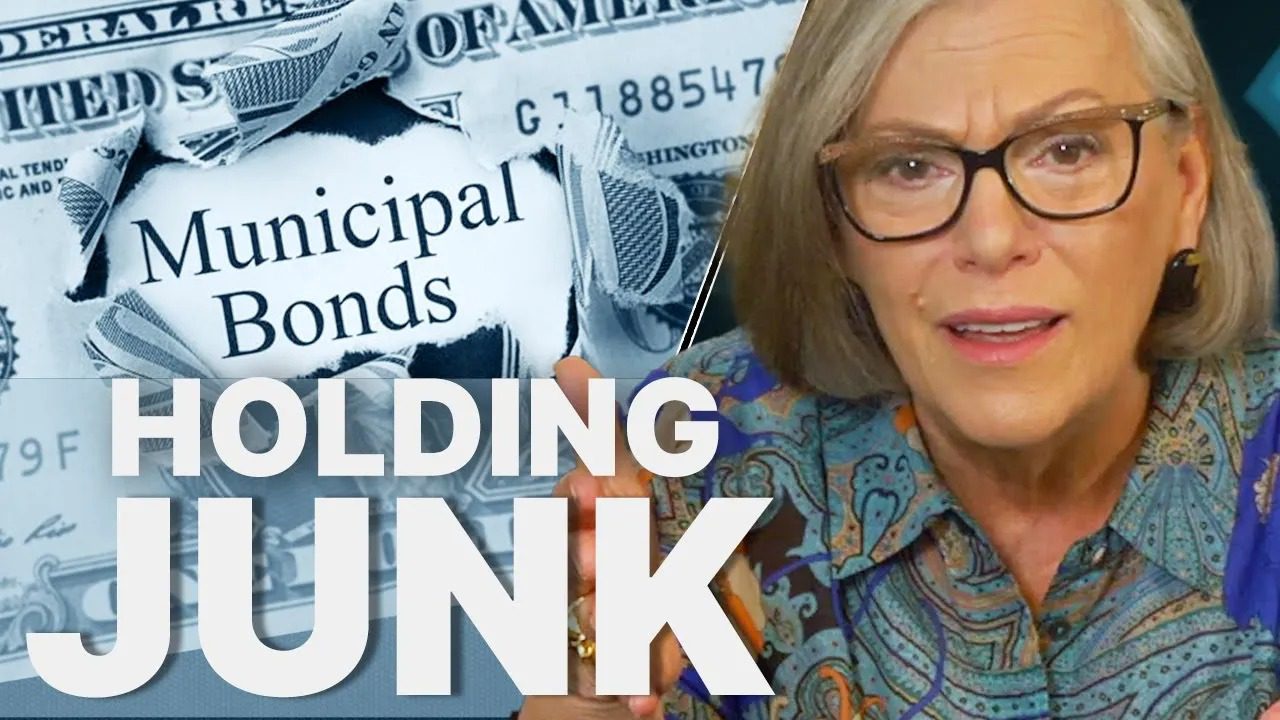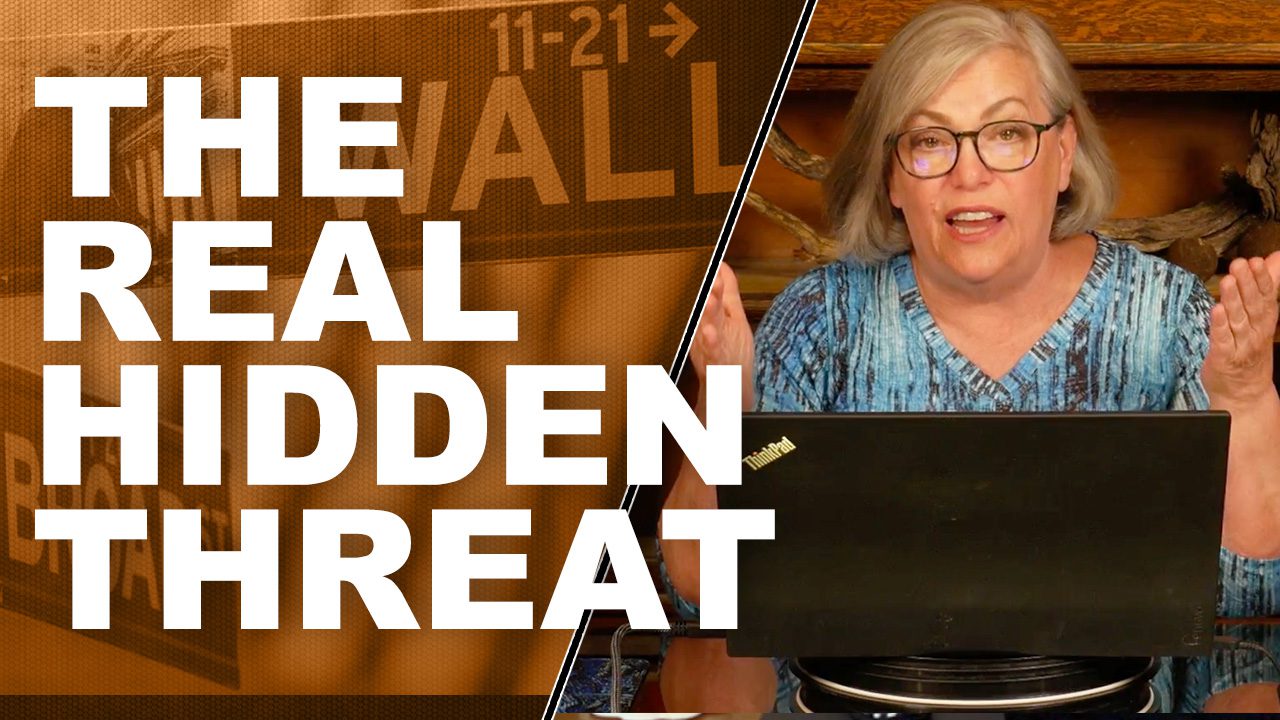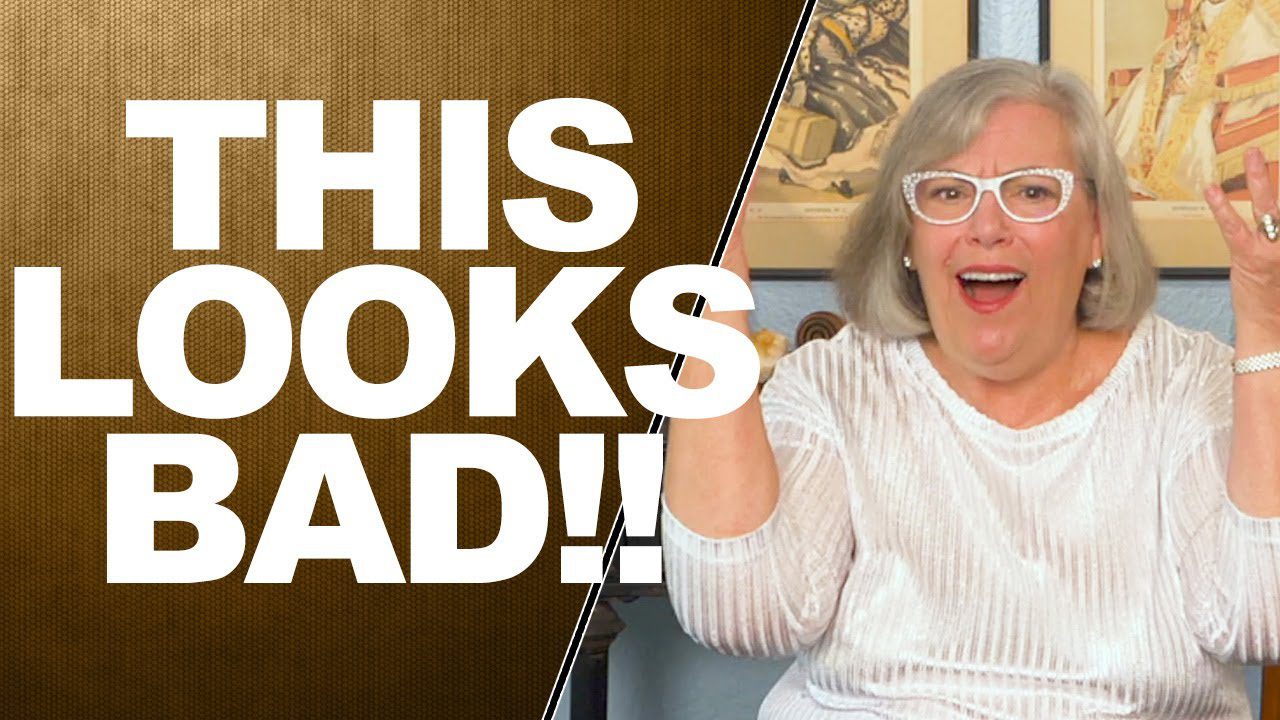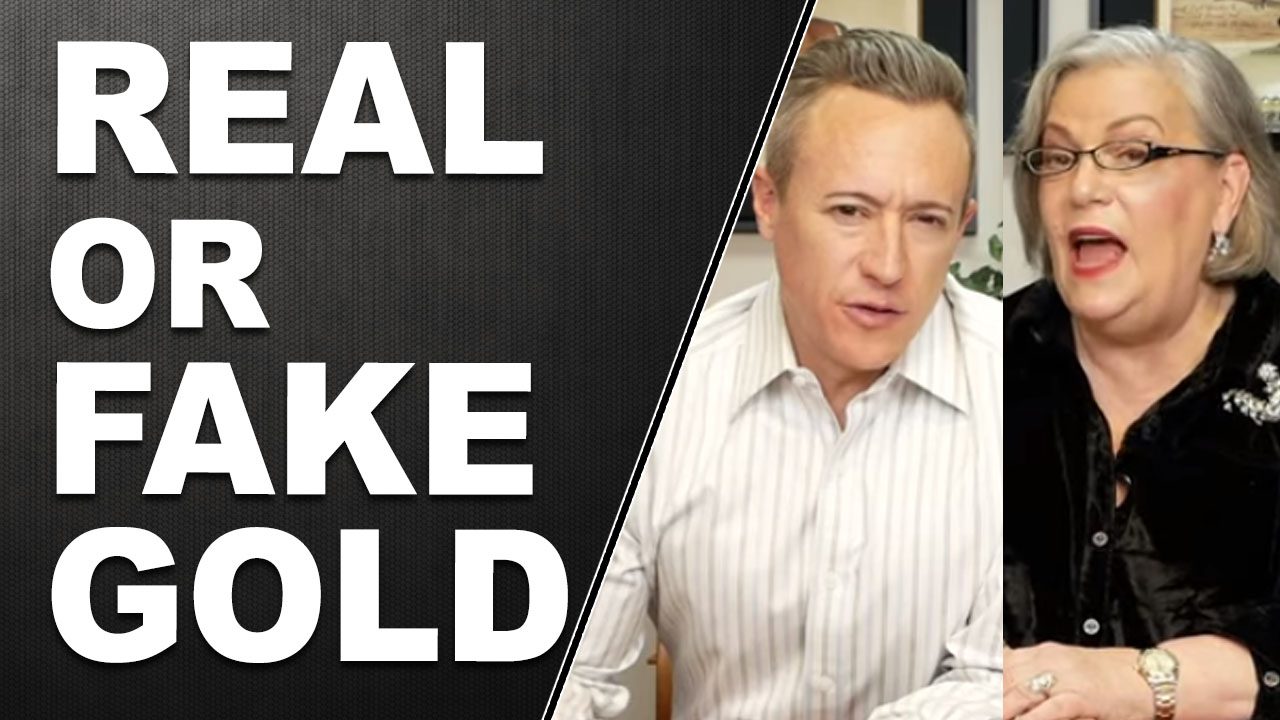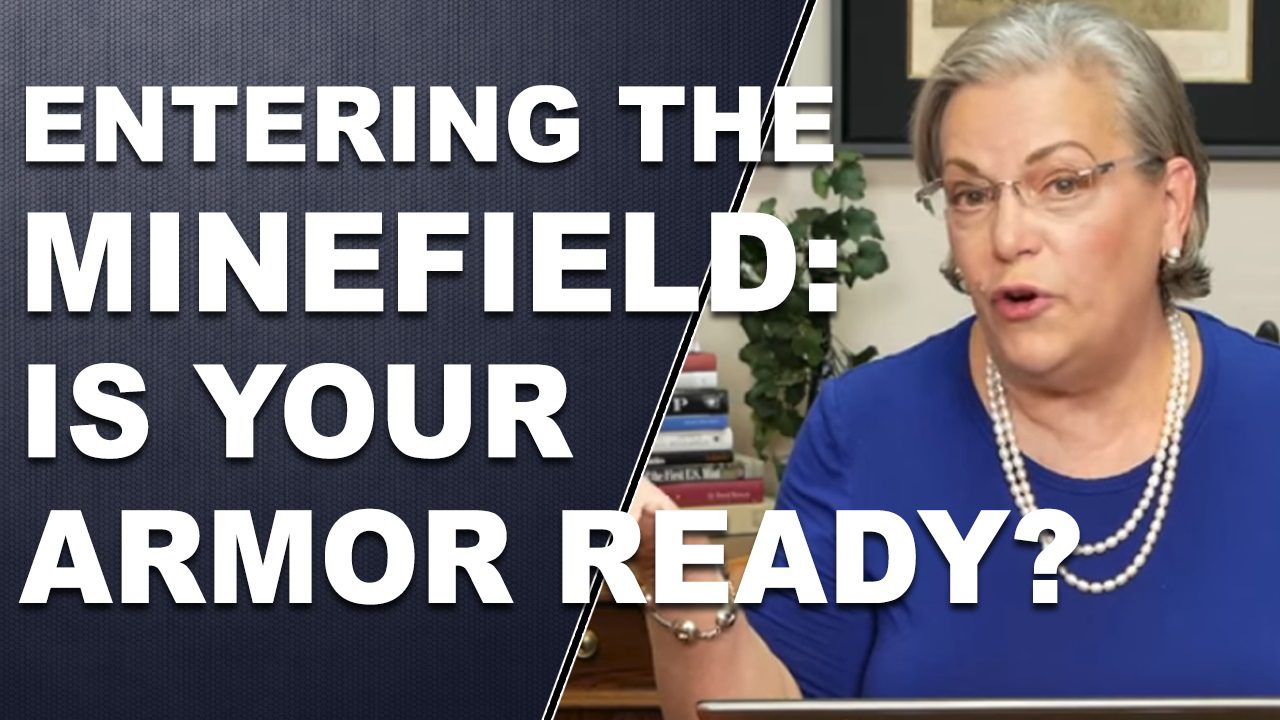Arrrrr, The Brasher Doubloon

The Brasher Doubloon, dated 1787, has been the subject of movie and mystery novels for quite some time. However a descendent of the goldsmith observes that the name is Huguenot, and is correctly pronounced “BRAY’-sher.â€
Ephraim Brasher was a well known gold and silversmith in New York City in the 1700s and early 1800s. It is said he had some association with George Washington and was involved in the early attempts at the coinage for our young nation. There exists a receipt showing that Brasher sold “sundry articles of plate†(silver) valued at 283 pounds, three shillings and seven pence to the Washington residence, next door to where Brasher lived in New York. The silver was never found among Washington’s belongings and the it is rumored that this was the silver used to mint the first half dismes and dismes in 1792.
There are seven authentic Brasher Doubloons known to exist, and many thousands of fakes/copies of brass and pot metal. Of the seven, one is found in the Smithsonian Institute, one is held in the Yale University Collection, one is in the possession of the American Numismatic Society, one at the Johns Hopkins University collection and the other three are in the private collections of the very wealthy who recognize the benefits of buying gold coins.
In 1830, a coiner of the U.S. Mint noticed a Brasher Doubloon amidst a group of gold coins that was fated for melting but thankfully rescued it. The majority of the surviving coins came to light between 1838 to 1897. The latest was found by a city work crew unearthing a Philadelphia sewer in 1897. Hope springs eternal, you just never know. The title “doubloon†was added in 1838 when an assayer discovered that their weight, between 409 and 412 grains, was the same as the Spanish doubloon.
Brasher was a coin designer as well as an assayer and used at least five different countermarks (stamps added after minting for security), the ‘EB’ perhaps being the most well known. One of the others, “E.B. & Co.,†is the same as a countermark from a New York firm, Erastus, Barton & Co., which also used E.B. & Co.
The pieces carry the curious motto ‘Unum E, Pluribus’ but the familiar motto didn’t appear officially on U.S. coins until the 1795 gold $5 piece. The other Brasher doubloon motto, “Nova Eborac Columbia Excelsior†amounts to “New York and America, Ever Upwards.†The Brasher pieces were intended to be used as New York state coinage but never employed as such. They are what is termed “patterns†(coin prototypes) and not coins per se.
Whether your tastes run along the lines of the Brasher Doubloon or something a bit more available, we here at ITM Trading would welcome the occasion to share the benefits of buying gold coins. Please give us a call, toll free, 1 888 OWN GOLD (1 888 696 4653).

